Hiking has gotten a lot more popular over the past decade. As a result, there are a lot of “gear snobs” who will insist that you need special gear to hike. It shouldn’t come as a surprise that many of these “experts” recommending expensive gear are getting paid by the same companies who make that gear.
No, you do not need a special backpack for hiking. Any regular backpack will work for day hikes. However, if you go hiking often or need to carry lots of gear (such as on overnight hiking trips), there are many features of hiking backpacks compared to regular backpacks which might make them worth buying.
Hiking Backpack vs. Regular Backpack
Hip Belt
The main purpose of a backpack hip belt is to redistribute the weight so it is on your hips instead of on your shoulders. This feature doesn’t really matter much when you aren’t carrying much weight. However, if you try to carry a lot of weight in a regular backpack, you’ll end up fatigued very quickly.
Some everyday backpacks have thin hip belts. While this does help stabilize the pack on your body, it doesn’t help much with load distribution. When carry really heavy loads, you’ll need a pack with a thick, wide hip belt.
Sternum Strap
When hiking on uneven terrain, your backpack will shift around. This isn’t too big of a deal if you don’t have much weight in your pack. But, if you are carrying heavy gear, the shifting will throw you off balance. You’ll have to work harder to stay balanced and you’ll get tired out faster. You are also more likely to fall and get injured.
Water Bottle Pockets
One of the biggest problems I have with using a regular backpack for hiking is that most don’t have water bottle pockets. Every time you want to take a drink, you will have to stop, take off your backpack, unzip it, get out your water, drink and then put it back. It’s really annoying, which means you might not drink enough water.
Hydration Reservoir Compatibility
A lot of people prefer to use hydration reservoirs (aka water bladders) when hiking because they make it a lot easier to access your water. Most hiking backpacks will have a little hole for the reservoir sleeve near the top so the hose is positioned right near your mouth.
Yes, you can use a hydration reservoir in a normal backpack if you leave the backpack partially unzipped so the hose has room to come out. But then you run the risk of your backpack unzipping further and losing some gear. If the backpack has two zippers, a solution is to tie the zippers together around the hose.
Compression Straps
Compression straps are another feature of hiking backpacks which helps with stability. They allow you to adjust the volume of your pack so gear isn’t shifting around inside and throwing you off balance.
Upper Compartment/Lid
Backpacks for multi-day hikes usually have a top lid. You can keep gear you use often there. I also keep my first aid kit in the lid so I could access is quickly in an emergency. Another benefit of the lid is that it allows you to adjust the capacity of the backpack: with the lid full extended upwards, you might be able to get another 5-10 liters. The lid also provides some protection against rain.
On the flip side, backpacks with lids are really annoying to use in everyday life. The long straps end up on the ground when you open the pack (not great when in gross public bathrooms!). The drawstring opening also means it’s also harder to get supplies out than with a regular zipper backpack.
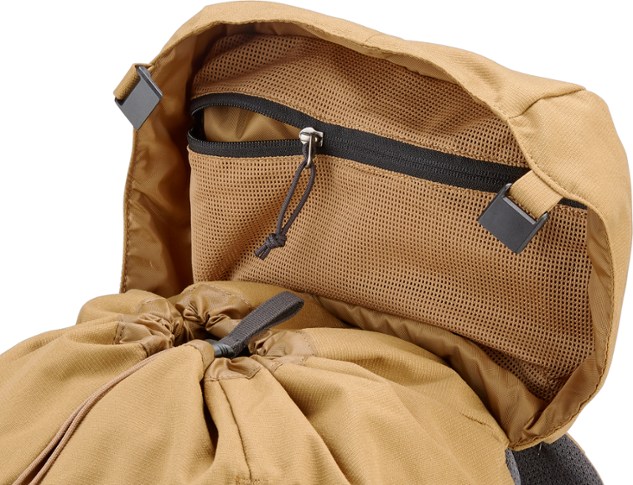
Backpacks with drawstring lids this one from REI are great for hiking but really annoying to use in everyday life.
Gear Straps
Being able to strap gear to the outside of your backpack has a lot of benefits. Not only can you carry more stuff – including bulky items like tents and sleeping pads – but you’ll be able to access gear easier. On hikes in bad weather, for example, I will keep my rain jacket strapped to the outside of the pack so I can get it quickly if it starts raining.
Regular Backpacks which Double as Hiking Packs
If you don’t want to buy a separate backpack just for hiking, you’re in luck. There are now plenty of “regular” backpacks which have the same features as a hiking backpack. Even my 10 year-old daughter’s cute school bag has a sternum strap and water bottle side pockets.
It gets a bit harder to find a schoolbag-type backpack that works for multi-day hikes though. They simply aren’t large enough and probably don’t have a hip belt. If it does have a hip belt, it’s probably too narrow to provide any real benefits.
Do you use your everyday backpack for hiking? Let us know in the comments below.
Image credits:
“Grayback Mountain” (CC BY 2.0) by BLM Oregon & Washington,
“#hiking” (CC BY 2.0) by Bautz Adventure,
“hiking backpack” (CC BY 2.0) by andrew.petro


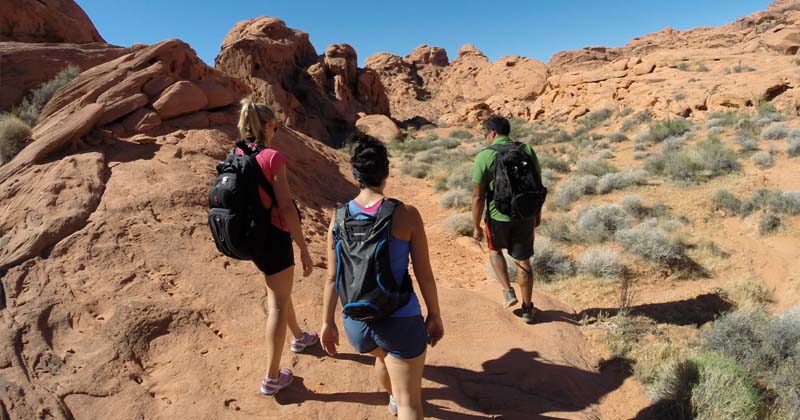
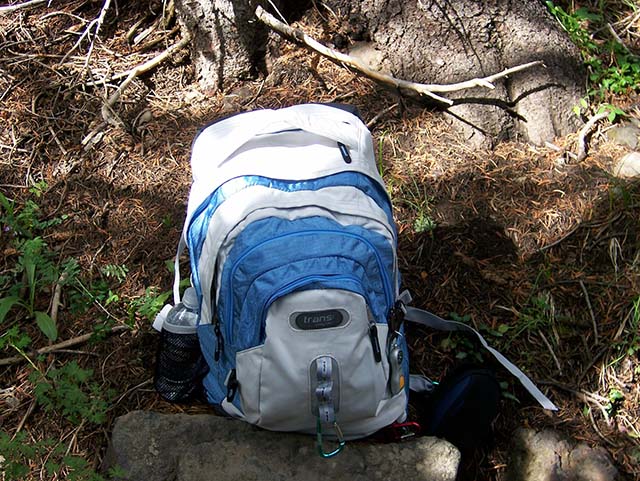
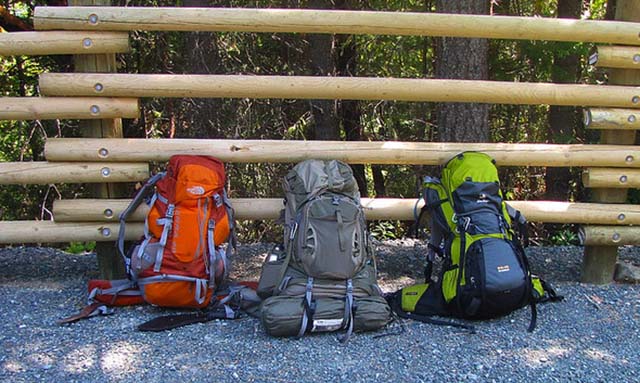

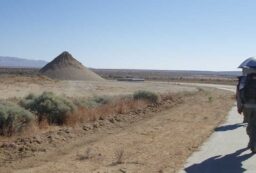








Post your comments